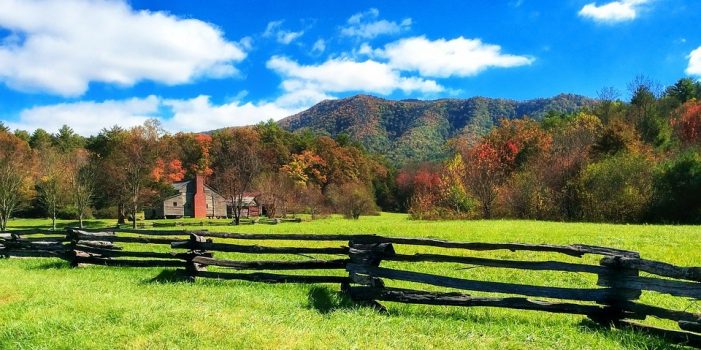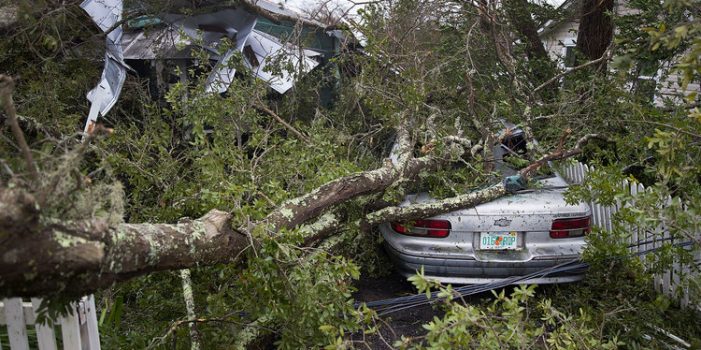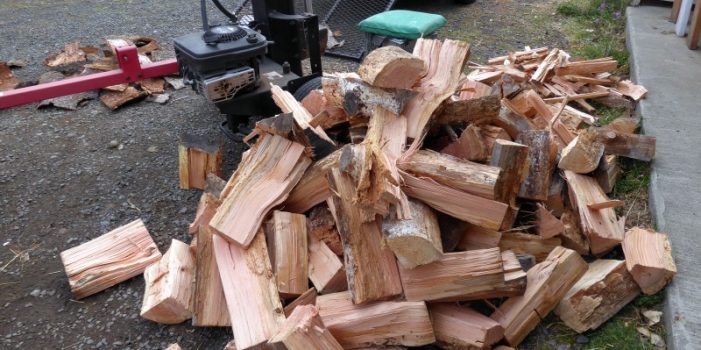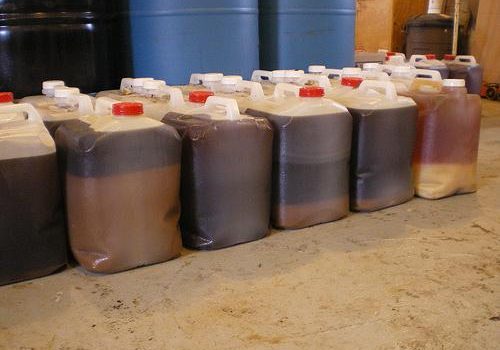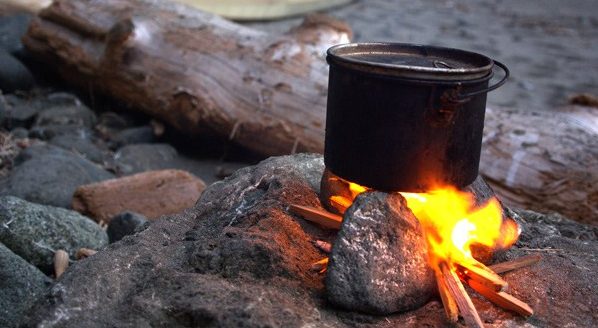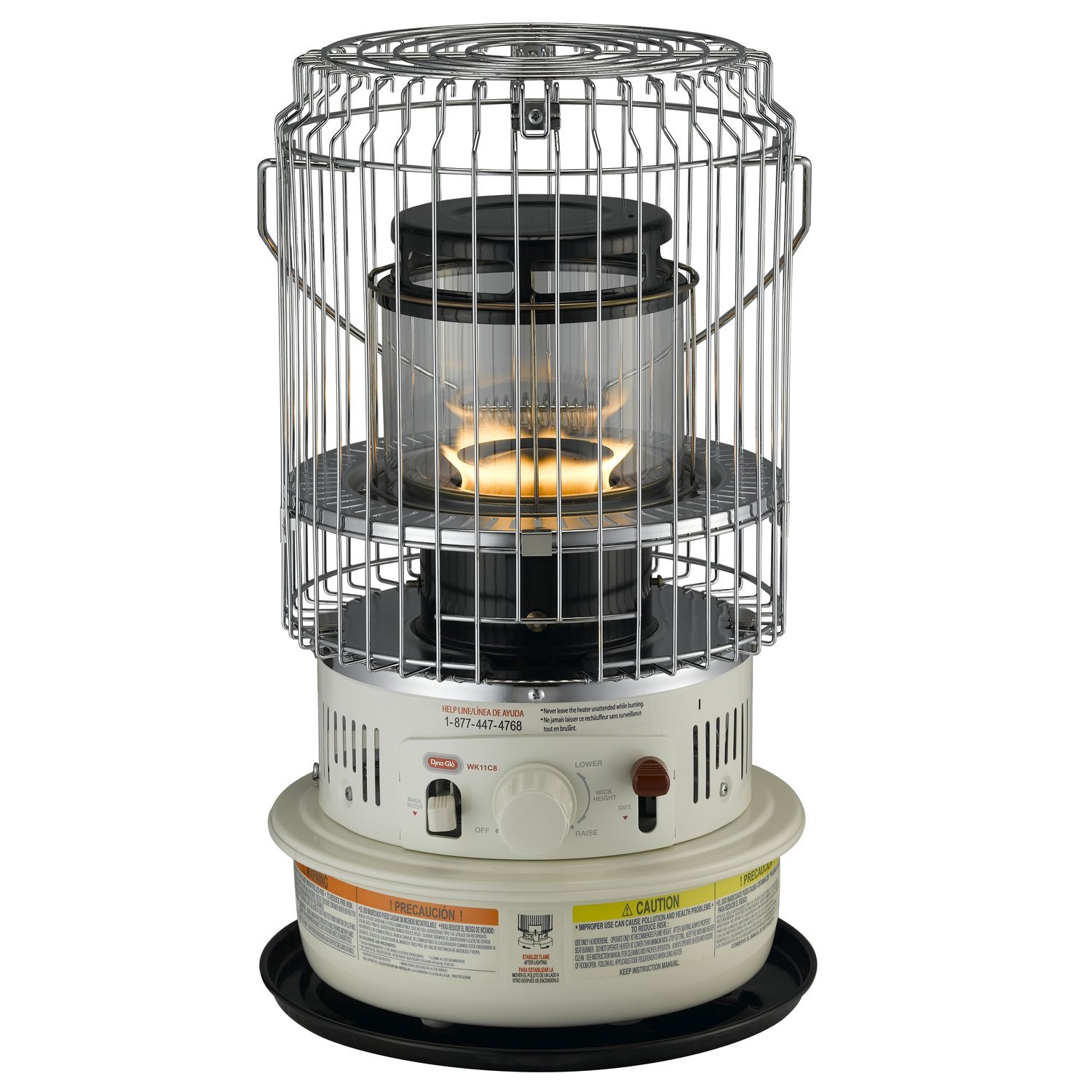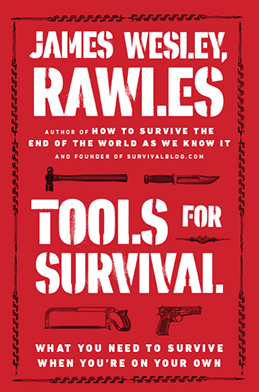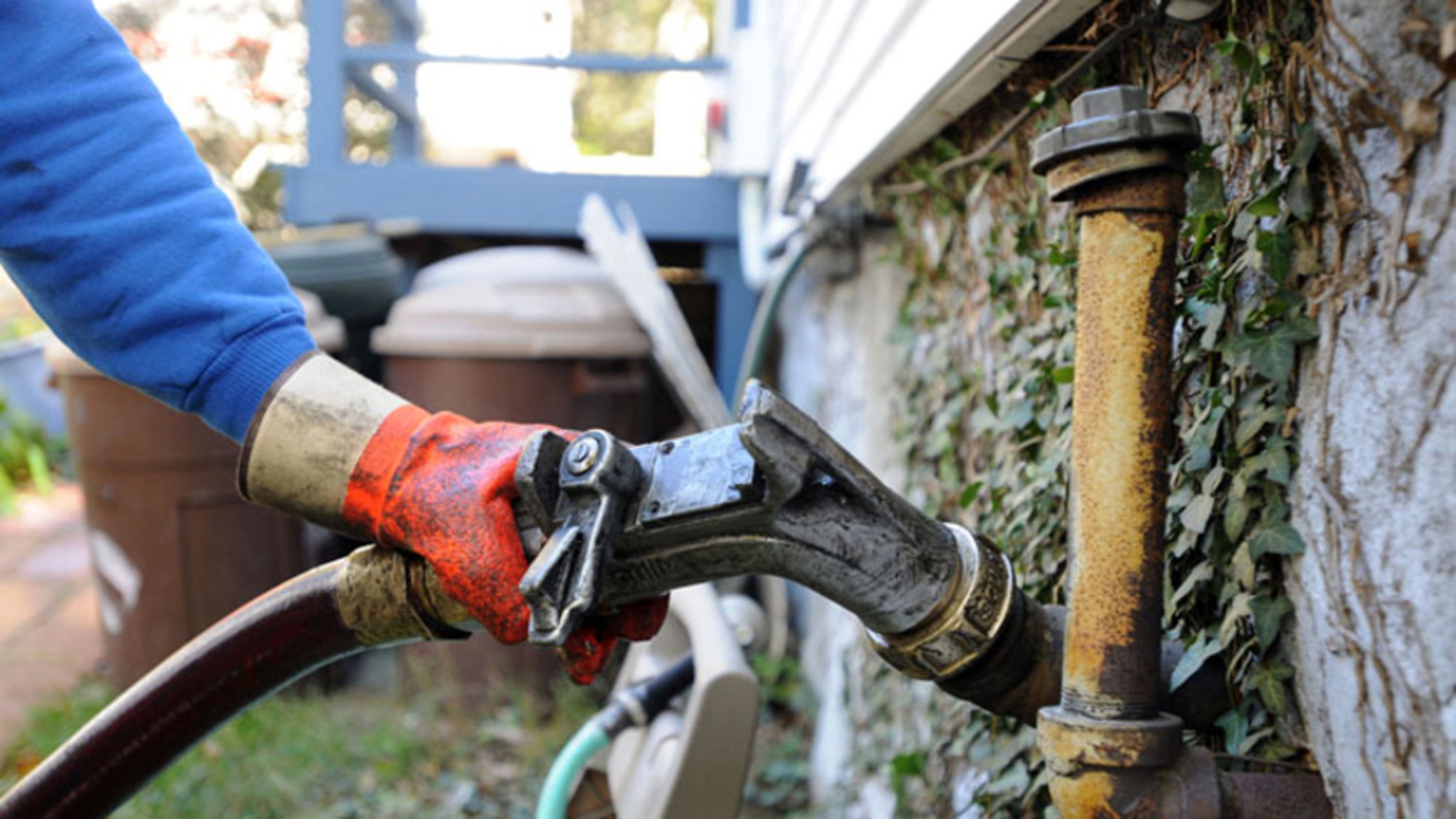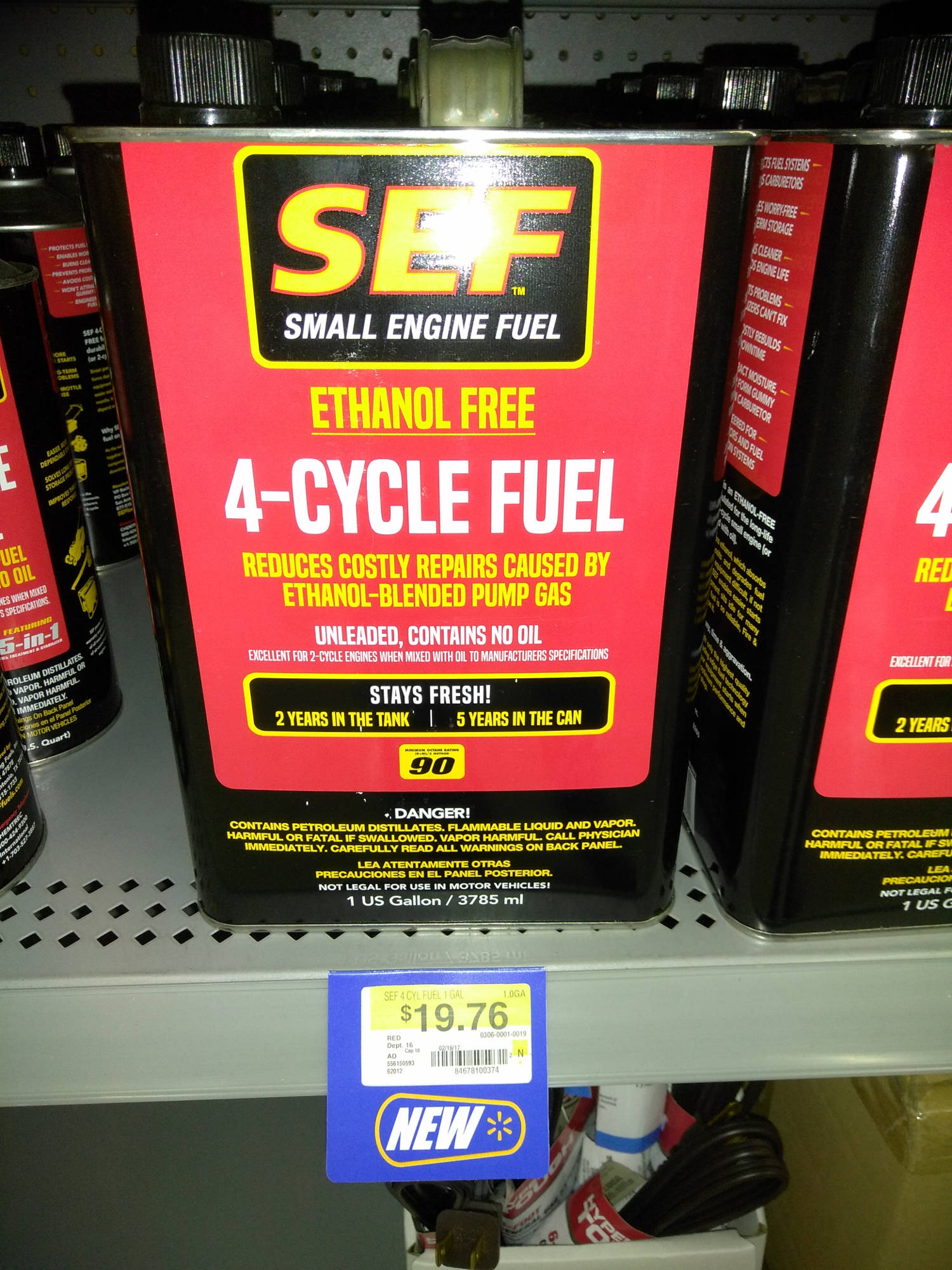Build the Plan vs. Test the Plan – Part 2, by T.R.
(Continued From Part 1.) During 2018, I made a dot chart counting how many days fit into each category A, B, C and D in terms of readiness and then converted the “dots” into a percentage of time for the year. As a corollary, if things are leaning environmentally towards TEOTWAWKI, then we would already be limiting our “D” types of trips away from home and/or starting to pursue our exit via our “B” plan scenario. If things look particularly grim but quasi-temporary, then we would limit our “C” scenarios to avoid leaving home for long blocks of time and …

